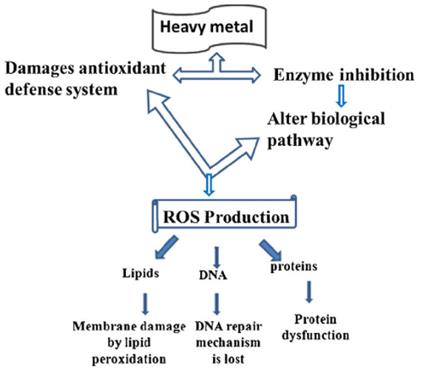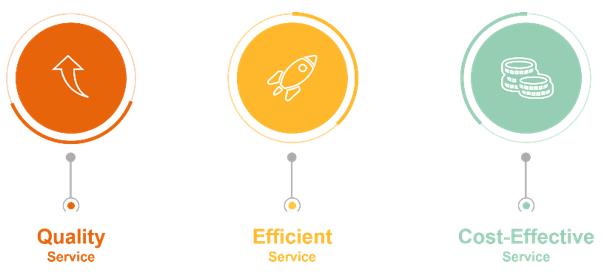Algae-Based Biosensor Development Services for Heavy Metal Monitoring
Heavy metals are not biodegradable, so they remain in the ecosystem and food chain indefinitely, exposing top predators to very high levels of contamination. Algae-based biosensors can be used to detect contamination in a variety of chemical systems, both living systems and the environment. Lifeasible provides algae-based biosensor development services to detect a wide range of trace heavy metals.
Introduction to Heavy Metal
Small amounts of certain heavy metals, such as iron, copper, manganese, and zinc, are essential nutrients for a healthy life. However, heavy metals show a great tendency to form complexes, especially with ligands of biological substances containing nitrogen, sulfur, and oxygen. Some of these heavy metals, such as iron, cobalt, zinc, copper, and manganese, have a low requirement for living organisms and can lead to toxic effects if they are present in high concentrations. Heavy metals such as cadmium, lead, arsenic, chromium, and mercury are considered to be harmful compounds even at lower concentrations.
Toxicity Mechanism of Heavy Metals on Cells
Heavy metals are ubiquitous in nature and enter the body through various channels, disrupting cellular function, causing toxicity, and are excreted through the liver, kidneys, or spleen. Unlike other molecules, these metals are excreted very slowly. The longer storage of these metals in the excretory organs is supported by a small number of cysteine-rich proteins, such as metallothioneins. This longer storage leads to organ damage by altering cell function.
 Fig.1 Heavy metal-induced reactive oxygen species (ROS) production. (Gumpu, M. B., et al., 2015, Sensors and actuators B: chemical)
Fig.1 Heavy metal-induced reactive oxygen species (ROS) production. (Gumpu, M. B., et al., 2015, Sensors and actuators B: chemical)
Algae-Biosensors for Heavy Metal Detection
Algae carrying luminescent reporter genes fused to metal ion-inducible promoters can be used as biosensors for the detection of bioavailable heavy metal ions in environmental samples. For example, the use of smt operon/promoter-driven gene expression in the cyanobacterium Synechococcus sp. has been proposed for the detection of metal ions in the aquatic environment. The smt locus of Synechococcus sp. consists of the prokaryotic metallothionein gene smtA and a divergently transcribed gene encoding the smtA transcriptional repressor, smtB. smtA transcription is induced in the presence of trace metal cations, such as cadmium, zinc, copper, mercury, cobalt, and nickel.
Our Services
Biosensors based on transgenic algae are widely used for the detection of heavy metals in the environment. These biosensors offer higher sensitivity and reproducibility than those based on physical or chemical analysis. One of the main advantages of these microalgal biosensors is that they do not require large sample preparation for frequent measurements. Lifeasible can design heavy metal detection algae-based biosensors according to your demand.
Variety of Reporting Systems
Heavy metal can be detected through the induced expression of reporter genes in the presence of heavy metal ions, or the detection of algal motility based on digital microfluidics (DMF).
Various Options for Algal Immobilization
In order to prevent the leaching of biological materials, many different matrices, such as polysaccharides (alginate), polymers (PVA, PSU), and silica, can be used in algal biosensors.
Multiple Mutant Strains of Algae
Multiple genetic tools , such as randomly mutagenized algal libraries and targeted genetic engineering tools, can be used in strain screening for algal biosensors.
Project Workflow

Why Choose Us
With years of algae research experience, Lifeasible has accumulated a wealth of acknowledgment and are capable to provide professional algae-based biosensor development services for heavy metal monitoring for our clients. Please contact us for more information.

Reference
- Gumpu, M. B., Sethuraman, S., Krishnan, U. M., & Rayappan, J. B. B. (2015). A review on detection of heavy metal ions in water–an electrochemical approach. Sensors and actuators B: chemical, 213, 515-533.
Our services are for research use only and not for any clinical use.